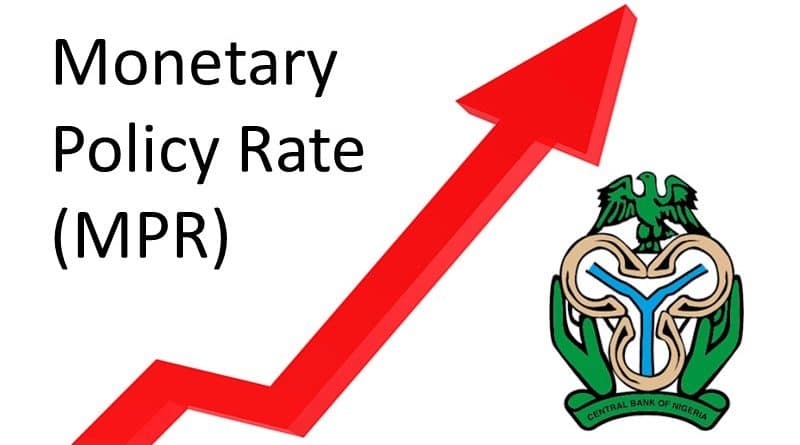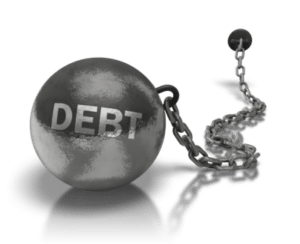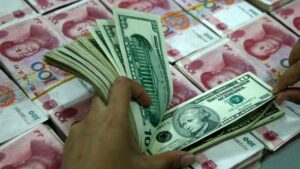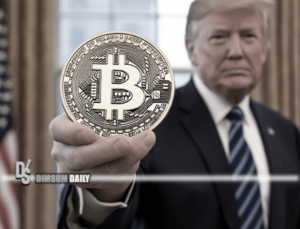The average interbank call rate in the Nigerian banking sector jumped to 31.50 per cent as of January 17, 2025, the highest peak since 2017, amid 27.50 per cent Monetary Policy Rate (MPR).
Data released by the CBN revealed that average interbank call rate jumped to 31.50 per cent in January 17, 2025, which is the highest since October, 2017 when it reached a peak of 43.78 per cent.
The average interbank call rate is the rate at which banks lend and borrow money from each other on a short-term basis. The interbank call money rate is primarily determined by demand and supply of funds in the interbank market and is used as a benchmark rate for other short-term lending rates.
THISDAY analysis of the data showed that the average interbank call rate opened the new year at 26.5 per cent and reached 30.15 per cent on January 13 2025.
Data sighted by THISDAY revealed that the weighted average call rate closed December 2024 at 28.83per cent from 16.43 per cent January 2024.
The average interbank call rate had opened at 14 per cent in January 2023 and closed at 12 per cent December 2022.
In 2024, as the Monetary Policy Committee (MPC) of CBN severally increased MPR, the average interbank call rate also grew significantly.
Specifically, when the average interbank call rate was at 18.75 per cent in January 2024, the average interbank call rate stood at 16.43 per cent.
Meanwhile, the increase in MPR to 22.75 per cent in February 2024 saw a growth in the average interbank lending rate to 19.25 per cent.
In addition, MPR at 27.50 per cent impacted on the average interbank rate that closed 2024 at 28.88 per cent and that was the highest in 2024.
Analysts attributed the 31.70 per cent average interbank call rate on liquidity in the money market at the moment.
Speaking, the Vice President, Highcap Securities Limited, Mr. David Adnori expressed that high MPR also contributed to the hike in interbank call rate.
“I believe this will be temporary because of the current high inflation rate in the country will require monetary policy tightening. The rate is primarily determined by the demand and supply of funds in the interbank market and is used as a benchmark rate for other short-term lending rates. It is often an important indicator of the overall liquidity and health of the banking system,” he added.
As the average interbank call rate increases, the rate of which the banks lend to customers was not left out.
According to the CBN data, the average maximum lending rate in the Nigerian banking industry increased to 31.06 per cent in November 2024, setting another record high since 2019 when it was at 31.43per cent.
Maximum lending rates refers to the average of the highest lending rates charged by deposit money banks in Nigeria.
From the CBN’s ‘money market indicators’, THISDAY gathered that an increase in the average maximum lending rate has a relationship with a hike in MPR.
In 2024, the CBN increased the MPR six times, with the primary objective to address key economic challenges such as double-digit inflation, foreign exchange stability, and financial system stability.
When inflation is high (currently at 34.80 per cent as of December 2024), the CBN raises the MPR to make borrowing more expensive and saving more attractive.
However, the steep increase in the policy rate has sparked concerns regarding the potential impact on the cost of credit for businesses already facing economic hardships.
Responding to hike in maximum lending rate as of November 2024, the Chief Research Officer, InvestData Consulting Limited, Mr. Omordion Ambrose said, “Businesses need a lot of credit facilities to survive, but in an environment where the lending rate is astronomical high, many enterprises, especially small and medium-scale, might find it extremely difficult to survive as their products will remain uncompetitive and the cost of production and the sale prices to consumers will remain high.”
He added that, “A hike in interest rate is often considered a manufacturers’ nightmare as it stifles productivity and expansion. A hike in interest rate slows down productivity, as manufacturers struggle to keep machinery in operations and pay salaries. Those who look forward to borrowing for expansion and production will have to shelve such ideas in the face of the high cost of accessing funds.”
The Head, Financial Institutions Ratings at Agusto & Co, Mr. Ayokunle Olubunmi, had stated the gradual increase in MPR impacted on average maximum lending rate since 2022.
He noted that the increase, of course, would affect businesses and probably reduce borrowing rate in the banking sector.
He said, “For businesses that have taken loans, they will be paying more interest rate on these loans and it will affect their profitability. Also, any businesses or individuals that wanted to borrow money now will think twice amid a hike in interest rate.”
Olubunmi added, “The hike in MPR by CBN is a contractionary monetary policy. The move is to reduce the number of people that will take new loans and it will reduce the amount of money in circulation which is expected to reduce inflation.”



